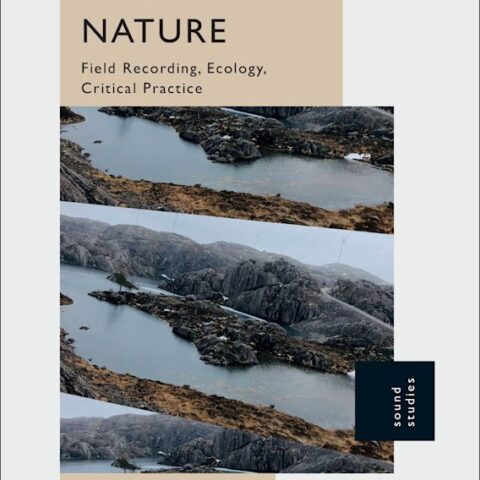The Faculty of Arts of Aarhus Universitet has uploaded videos of four full conferences from the past Sound Art Matters Conference 2016, covering sound art from different approaches as exposed by well-known scholars.
Art: Sound: Matter by Frances Dyson
Now that “sound art” is an accepted form within the gallery, it is timely to explore current relations between “art”; “sound,” and “matter.” In this talk I discuss some of the discursive and aesthetic contributions that sound makes to the broader cultural and eco-political fields. Questioning how sound relates to and perhaps challenges symbolic regimes within art and culture; how sonic materialities impact on physical and social infrastructures; and the mode of understanding that the sonic arts engenders, the talk offers some speculations on an aurally inspired understanding of what matters, and how to know what matters.
Twilight of the Sound Object by Brian Kane
The compositions and theories of Pierre Schaeffer, the inventor of musique concrète, are one of the few sites of convergence between the domains of music studies and sound art. In negotiating the significance and legacy of his work, central concepts like the “sound object” or the “acousmatic reduction” are perpetually detached, reworked, are revised in ways that are unfaithful to Schaeffer’s intentions. Rather than try to reconfigure Schaeffer’s ideas to fit the changing demands of contemporary music or sound art, this talk aims to listen to the archive of early musique concrète anew—listening not for its aesthetics but rather its kinetics. By kinetics, I mean the bodily gestures and kinaesthetic sensations of composers, engineers, and technicians, as they worked with the technology in the studio. While Schaeffer himself would like have dismissed such a mode of listening, attention to the kinetics of musique concrète discloses unexamined networks of techniques, practices, and historical relations between various forms of electronic music (avant-garde and popular) and sound art.
Listening to Sonic Expressions with Media-Archeological Ears by Wolfgang Ernst
This talk will not be intended as a contribution to “sound studies”, but rather turns the notion of sound upside down in order to reveal, below its apparent auditory phenomena, its epistemological essence which is an articulation of specific tempor(e)alities. Therefore “implicit sonicity” will be addressed, not simply to make verbally explicit what is already articulated in sound art, but rather revealing the hidden epistemological implications of sound itself. While sound as acoustic vibration is a physically material event, in its temporal form (“implicit sonicity”) which affects the human sense of time it is volatile and immaterial. The almost immaterial sonicity of electro-magnetic waves make “sound matters” not simply a phenomenon in acoustic culture but a fundamental event of being-in-the-world.
This involves a critical analysis of the asymmetrical relation between “sound” (as signal event) and “music” (as code) – which is turned upside down with “digital” sound which is the mathematization of sonic matter – thereby a re-entry of a “musical” structure. According to Norbert Wiener’s seminal definition, information – measured in bits – is “neither energy nor matter”. Is the current interest in sound a “post-digital” nostalgia for vibrational matter? Different from “music” (in the Pythagorean tradition), sound can not be reduced to a cultural-discursive construction. The agency of emancipating sound from music is media-epistemological indeed: It has been signal recording technologies and media theories (avant la lettre) which heightened awareness of the physicality of sound as vibrational event (both mechanical and electro-magnetic). In terms of ontological unrevealing, it is techno-logical analysis (such a spectrography and Fast Fourier Analysis) which as a better “understanding” of sound matters than human hearing itself.
Why Not Our Voices? New Listening and New Worlds in the Sonic Imaginary? by Cathy Lane
We live in sound, it is all around us. We are implicated in the social relationships and ideologies that we hear reflected back to us. Sound art offers the chance to critique the world that we hear and to produce new and different possibilities. Are sound artists taking up the challenge of offering new ways of knowing or changing the world and does this need new ways of listening and understanding? Can sound art or listening act as tools for radical change by ‘de-conditioning’ our listening and help us cross linguistic, cultural, geographic, ethnic, gendered, specied and sexual prejudicial borders? This presentation will consider how a new listenings might lead to a richer more inclusive sound art that can embrace and celebrate difference.





